Brown v. Board of Education of Topeka, in the year 1954, was a landmark decision of the U.S. Supreme Court in which the Court ruled that U.S. state laws establishing racial segregation in public schools are unconstitutional. Before this ruling it was legal to have segregation in public schools. Initially the District court of Kansas ruled that segregation in schools was constitutional but after appeal, the Supreme Court made this decision.
This paved the way for integration and was a major victory of the civil rights movement, and a model for many future impact litigation cases.
The case originated in 1951 when the public school district in Topeka, Kansas, refused to enroll the daughter of local black resident Oliver Brown at the school closest to their home, instead requiring her to ride a bus to a segregated black elementary school farther away. The Browns and twelve other local black families in similar situations then filed a class action lawsuit in U.S. federal court against the Topeka Board of Education, alleging that its segregation policy was unconstitutional.
A three-judge panel of the U.S. District Court for the District of Kansas rendered a verdict against the Browns, relying on the precedent of the Supreme Court’s 1896 decision in Plessy v. Ferguson, in which the Court had ruled that racial segregation was not in itself a violation of the Fourteenth Amendment’s Equal Protection Clause if the facilities in question were otherwise equal, a doctrine that had come to be known as “separate but equal”. The Browns, then represented by NAACP chief counsel Thurgood Marshall, appealed to the Supreme Court, which agreed to hear the case.
Brown v. Board of Education National Historic Site was established in Topeka, Kansas, on October 26, 1992, by the United States Congress to commemorate the landmark decision of the U.S. Supreme Court in the case Brown v. Board of Education aimed at ending racial segregation in public schools. The National Historic Site consists of the Monroe Elementary School, one of the four segregated elementary schools for African American children in Topeka, and the adjacent grounds.

MONROE SCHOOL 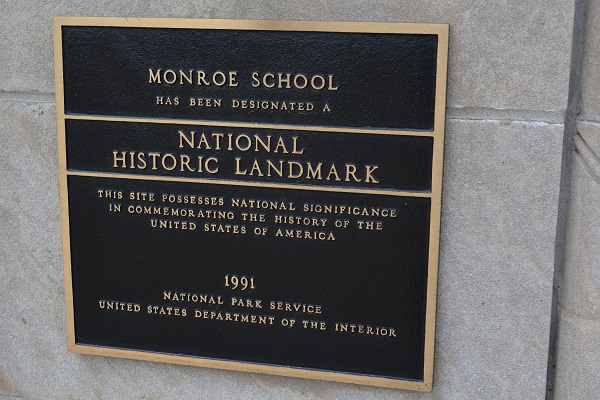
MONROE SCHOOL
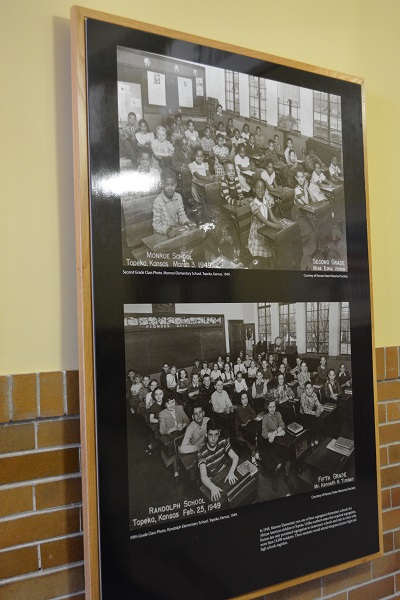
MUSEUM EXHIBIT 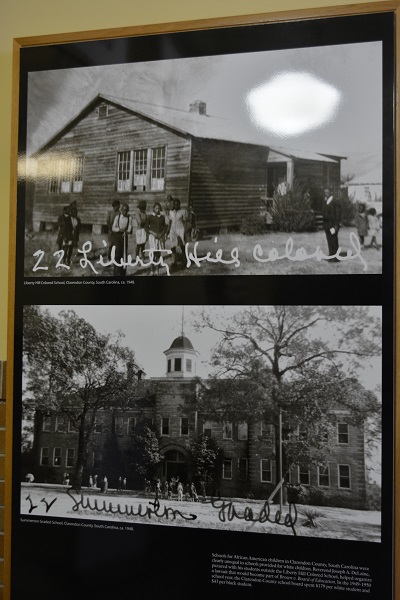
MUSEUM EXHIBIT
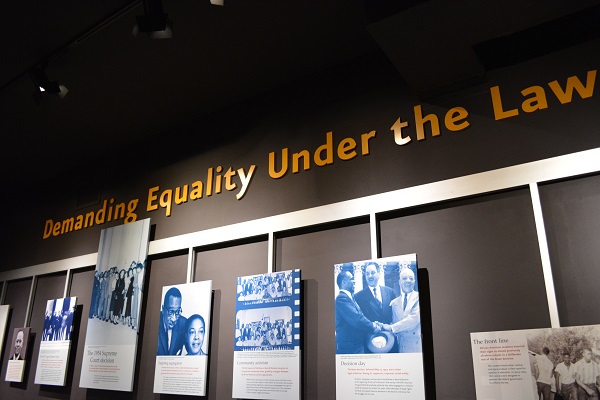
MUSEUM EXHIBIT 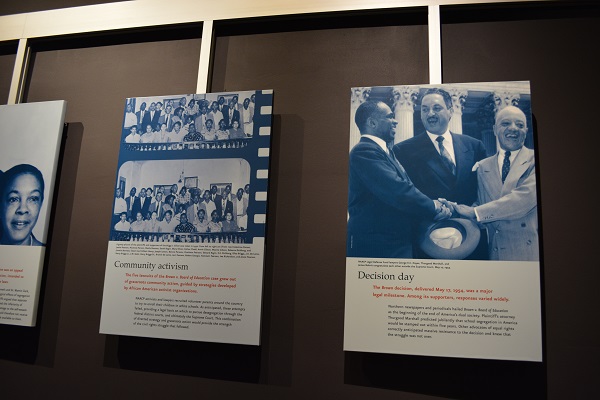
MUSEUM EXHIBIT WITH THURGOOD MARSHALL
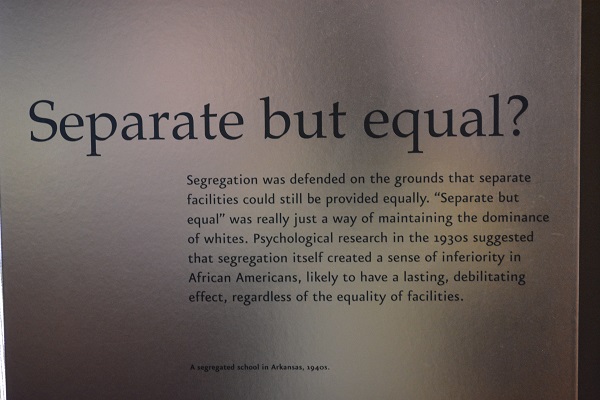
‘SEPARATE BUT EQUAL’
